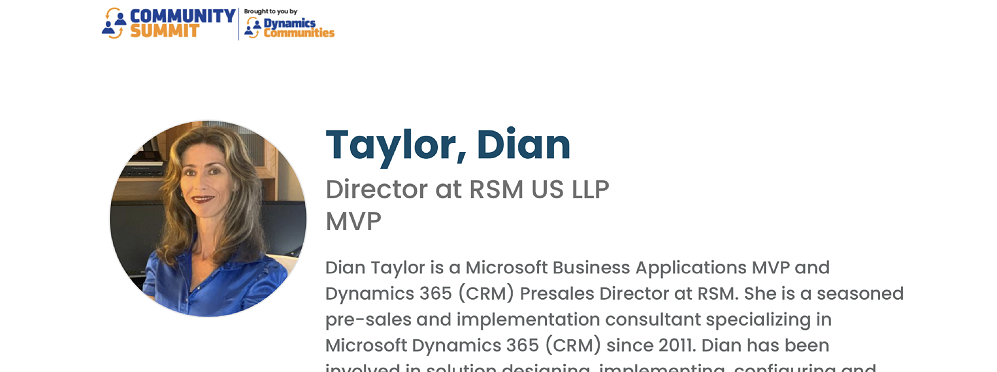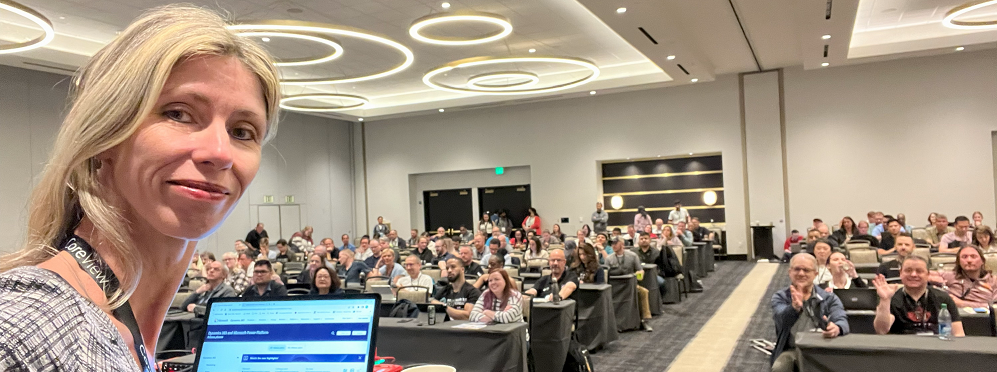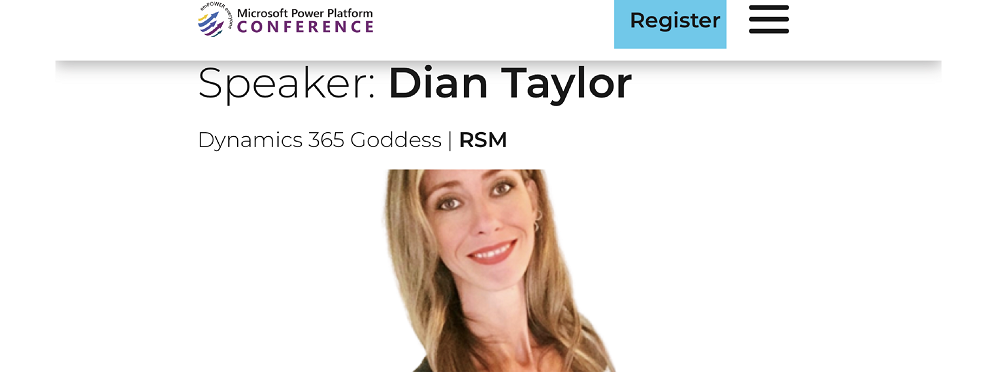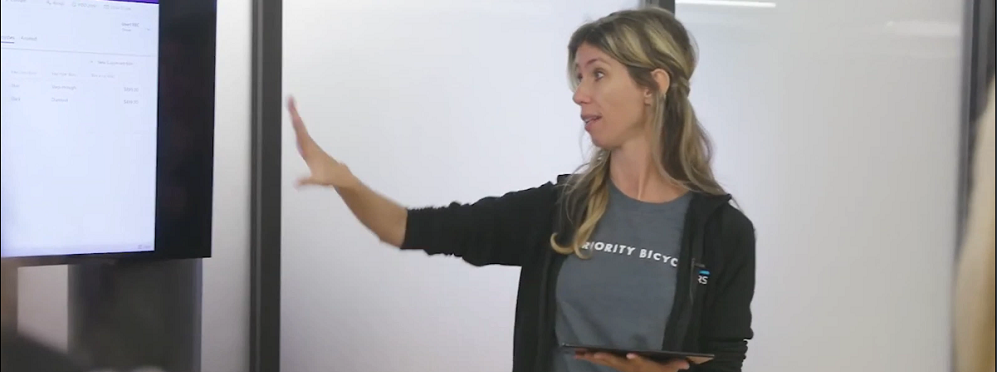Copilot for D365 Sales: Collaboration space

Viva Sales (now called Copilot for Sales) has a new feature called collaboration spaces, which will help with collaboration between sales teams. I’m sure you’re already familiar with the Dynamics 365 and Microsoft Teams integration, which (among other things) gives sellers the ability to create Microsoft Teams and Teams channels linked to a Dynamics 365 record, but this new feature stacks on top of that functionality. With collaboration spaces sellers can quickly create Teams and channels using a template. These templates have pre-defined channels and apps already set up which are copied over when a new collaboration space (Team + Channel(s)) is created. This will make it a lot easier and faster to create Teams and Team channels while linking them directly to a Dynamics 365 record. Using Teams and collaboration spaces helps sellers consolidate and centralize information in one place. This centralized repository of information ensures that team members have easy access to all relevant materials and promotes efficiency, reduces duplication of efforts, and enables better decision-making and coordination within the team.
Sales Templates
There are two different sales templates for sellers to use. The first one is called the ‘Account team template’ which is as the name suggests based on customers/account in Dynamics 365. This template is applied at the ‘team’ level and allows sellers to collaborate on account related activities. When this template is selected, two channels are automatically created for the team: the ‘general’ channel and the ‘shared’ channel. The general channel should be used for collaboration between sellers, while the shared channel is designed to be used for collaboration between sellers and customers or prospects. When a shared channel is created, you’ll see the name of the shared channel starts with ‘customer’, which makes it easier to identify the shared channels. You’ll notice the related Dynamics 365 account is visible in the general channel.

The other sales template is called ‘Deal room template’ and as the name already suggests, is focusing on all opportunity related activities. This template (unlike the account template) is applied at the channel level. (If an account team is already created, for the related account, it’s a good idea to create the opportunity channel under the Account Team. (If there isn’t an account team yet, one can be created.) Since this template is applied at the channel level, only one channel will be created, which is intended for collaboration between sellers. There is an option to create an additional channel to collaborate with people who are not a part of your organization. Both templates have other apps like OneNote, links to existing storage locations and files with starter folders pinned to the channel.
Create collaboration spaces in Viva Sales
Sellers can use these templates to create a collaboration space directly from Viva Sales. When a user opens an email in outlook and clicks the ‘Viva Sales’ button, they’ll notice the ‘Collaborate in Teams’ button on the Viva Sales side pane. When hovering over the Account or Opportunity (if there is one) record, the seller will see the buttons ‘Set up account team’ or ‘Set up Deal room’.
Account Team
Let’s go through the steps to set up an account team first. When clicking the ‘Set up account team’ button, the side pane shows what’s included in the channel. From this screen the seller can either create a brand new team or can use an existing Team by clicking the corresponding buttons. For this example, I am going to create a new team. On the next screen you’ll notice that the Team name will be the same as the Dynamics 365 account name, and the seller will have to decide if the Team is private or public. I am going to make this a public team, since it’s all about collaboration! On the screen after that the seller has the ability to add members to the team, but this can also be done at a later time from the Teams app. This screen also shows that a shared channel will be created as well, but that there will not be any team members added to the channel. Sellers can invite customers and sellers from Microsoft Teams. From here the ‘Create Team’ button can be clicked, which will create the team using the account template.

After a few short moments sellers will see the ‘Your team is ready’ message in the Viva Sales side pane and a button to open the team. Clicking the button will open the Microsoft Teams app (unless you choose to use the browser vs the app) and the Team that was just created. When a seller opens the newly created account Team it will open on the ‘general’ tab. They’ll notice a welcome message has been posted. On the top of the page, they will see a total of 5 tabs. The first tab is where posts can be created and viewed. The second tab is called ‘Files’ and when a seller opens this tab, they’ll notice several subfolders have already been created.

The folder names are as follows:
- CRM related files
- Financials
- Planning
- Presentations
It’s important to understand that these folders and files are also accessible in Dynamics 365. When a seller opens the account record in Dynamics 365 and navigates to the ‘Files’ tab of the row, they’ll notice the same folders/files and the notebook.
Sellers will also see an area to enter notes in the Files tab. The next tab is called ‘Notes’. Please keep in mind this is completely separate from the OneNote notebook which is visible under the ‘Files’ tab. The 4th tab in the channel is called ‘Dynamics’. This is the linked Dynamics record, which in this case is the account record. Sellers will be able to work on the account directly from within the Microsoft Teams channel. The last tab is called ‘CRM OneNote’, which shows the OneNote file that is connected to the Teams channel (and account record in Dynamics 365 as mentioned previously.)
After the Team is created using Viva Sales, sellers will be able to navigate to it directly from Viva Sales.

Deal Room
As I mentioned earlier, when setting up a Deal Room from Viva Sales, it’s recommended to tie it to the Account Team (if one already exists.) In this example I created the Account Team first, so in this section I am going to create a Deal Room and connect it to the previously created Team. I can do this by opening the same email and clicking on the Viva Sales App icon on the top of the screen. Below the ‘Collaborate in Microsoft Teams’ section I hover my mouse over the opportunity record and click ‘Set up Deal Room’. This will take me to the second screen, which again outlines the channels that will be included after the set up and allows me to use an existing team or create a new team. I click the ‘Use an existing team’ button, which then brings me to a screen, where I need to select the Team I want to connect this deal room to. The nice thing is that it shows Teams that are already connected to the opportunity’s account, which is the Account Team that I created previously. I select the Account Team I created earlier and click ‘Next’. The next page is where a seller can change the channel name and where they’ll have to select the privacy of the team. Options are: Standard: (everyone on the team has access) or private: (only certain team members have access. Team members need to be added after the channel has been created.) Sellers can also add a shared channel during this step. (Please note additional set up is needed to give guests access to shared channels.) Once the selections have been made, the seller can click on the ‘Set up Team’ button on the bottom of the side pane. The deal room channel will be created in a few seconds. The same tabs I mentioned in the Account channel are also created in the Deal room. The difference is that the folders in the ‘files’ tab have different names, which makes sense since this channel is focusing on a specific opportunity vs an account record. The folders you’ll see are named: CRM related files, Key customer contacts, Presentations and Proposals.
Licensing
A few things to keep in mind regarding licensing, according to Microsoft’s documentation you’ll need a Microsoft 365 E3 or E5 license. Obviously you’ll also need access to Dynamics 365 or SalesForce. Lastly the Viva Sales add-in needs to be installed. I hope you enjoyed reading this article! Be sure to check in again next week for a new article or subscribe here to never miss another post!












Comments are Closed